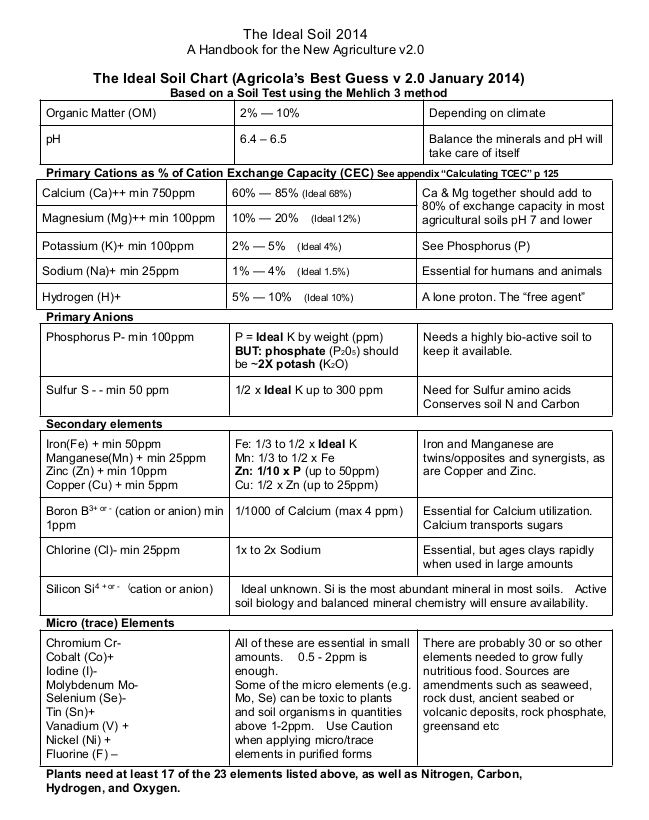PlanetJ
Well-Known Member
It contains, amongst heaps of info, this:


How To Use Progressive Web App aka PWA On 420 Magazine Forum
Note: This feature may not be available in some browsers.

Another question ... could I just use clay powder instead of glacial rock dust ? It should contain a lot of the same minerals, right ? (depending on the kind of clay I'd guess)


Also .. this makes me rather wanna crush rocks with a hammer ... those prices suck. Even tho it will last me a lifetime
Sorry that I've gone on so long, but this subject has opened my can of worms.



... the soil is wet from treatment with Dislike against a bunch of persistent fruit flies.
An internet of fungus. Sounds funny. I'm sure I'll get a chance to check out link later.
I do this all the time.My daughter keeps trying to train me to copy on a regular basis and particularly when I get ready to preview or post, and I usually do. Every once in a while I slip up, and that's usually when it glitches.
You've seen my posts. That's a lot to re type.
Tomtos, you won't regret that decision to go with LOS. This is the type of reaction CO and I hoped to inspire. It's nice when a plan works.
That journal of CO's is the one that inspired me to go with LOS. The results speak for themselves.
